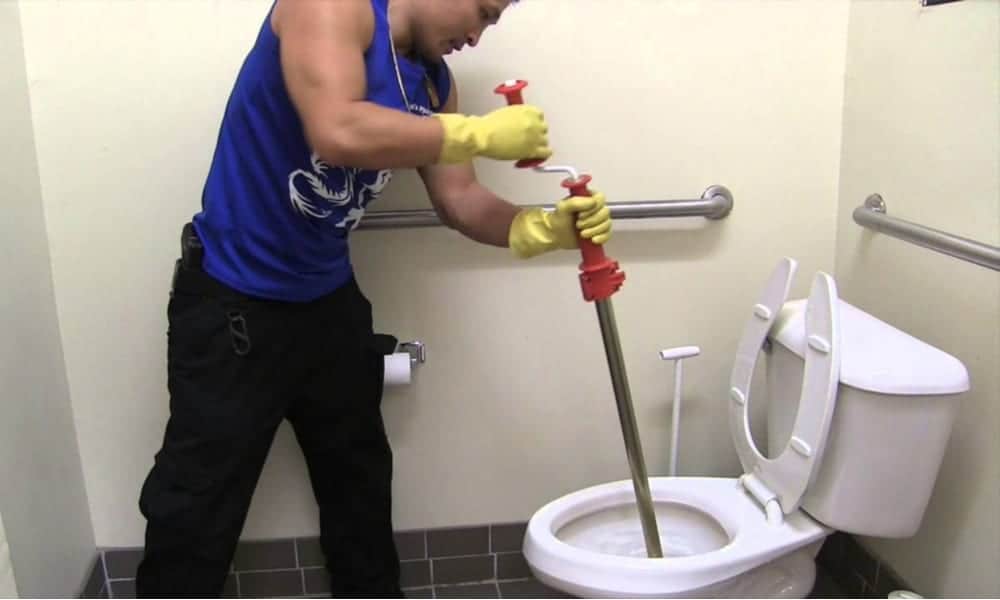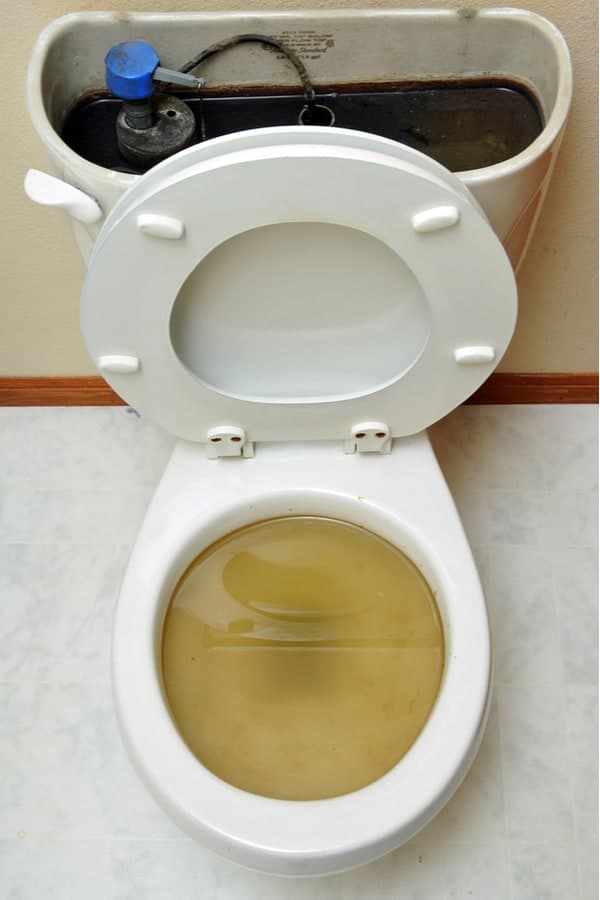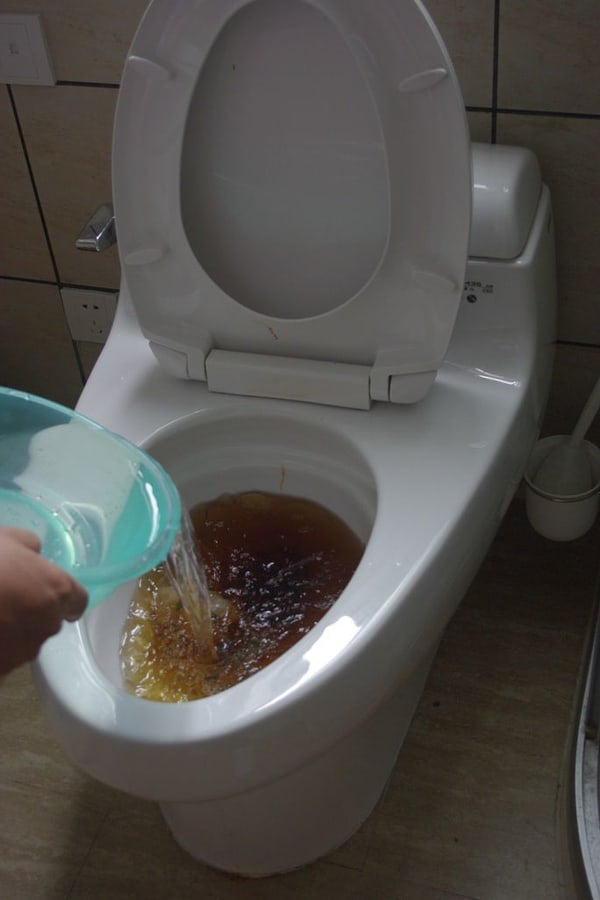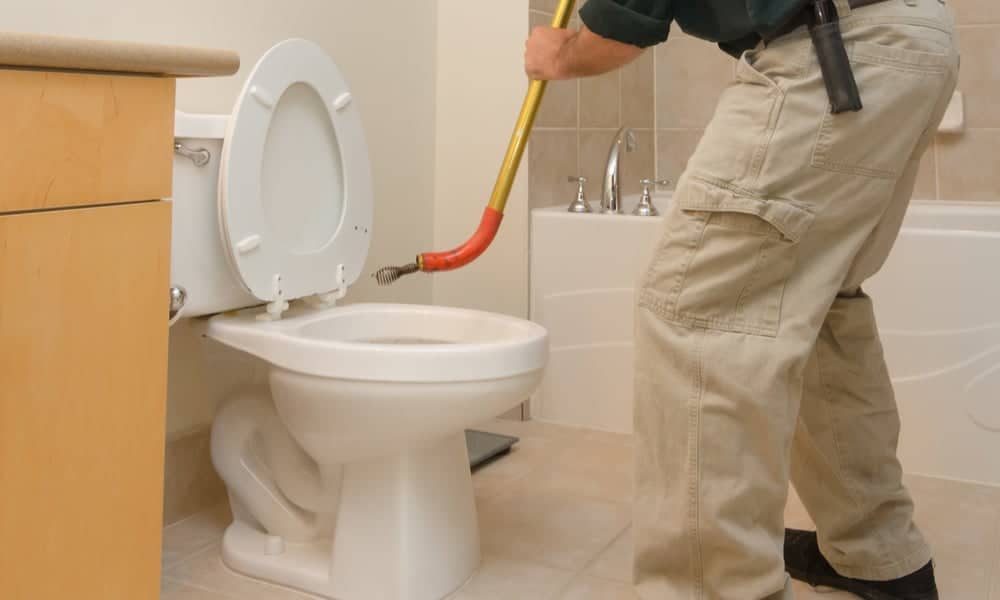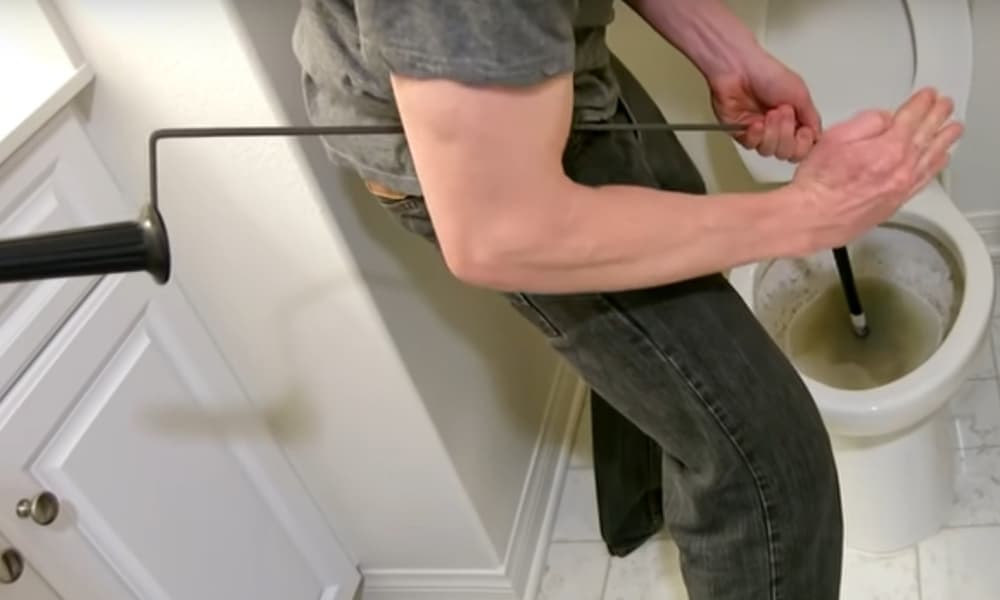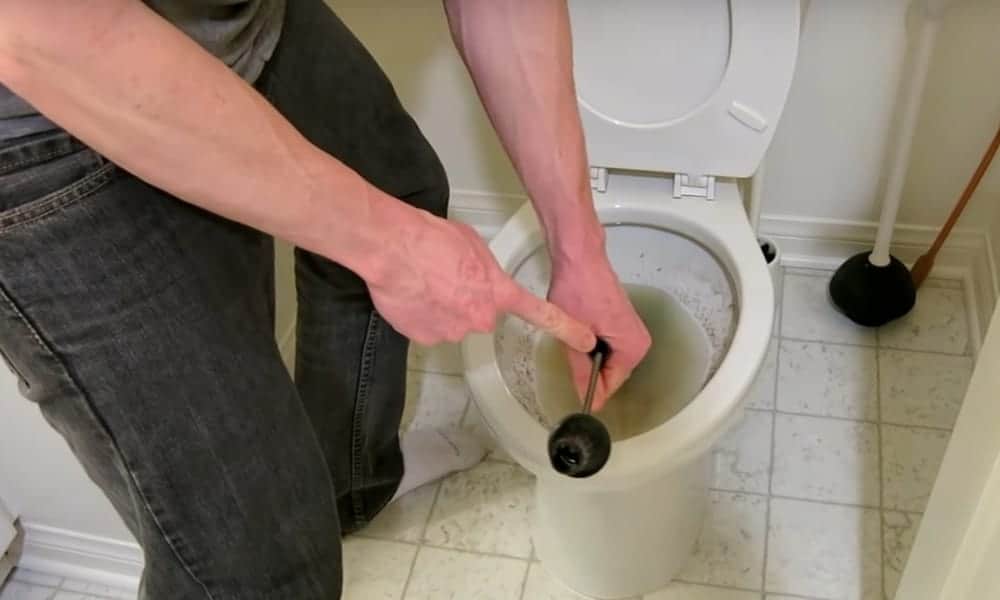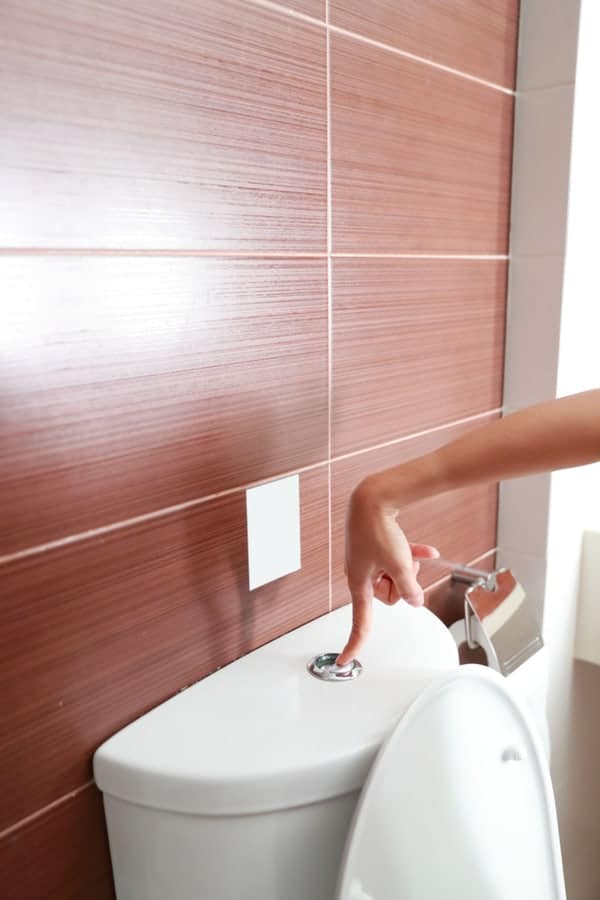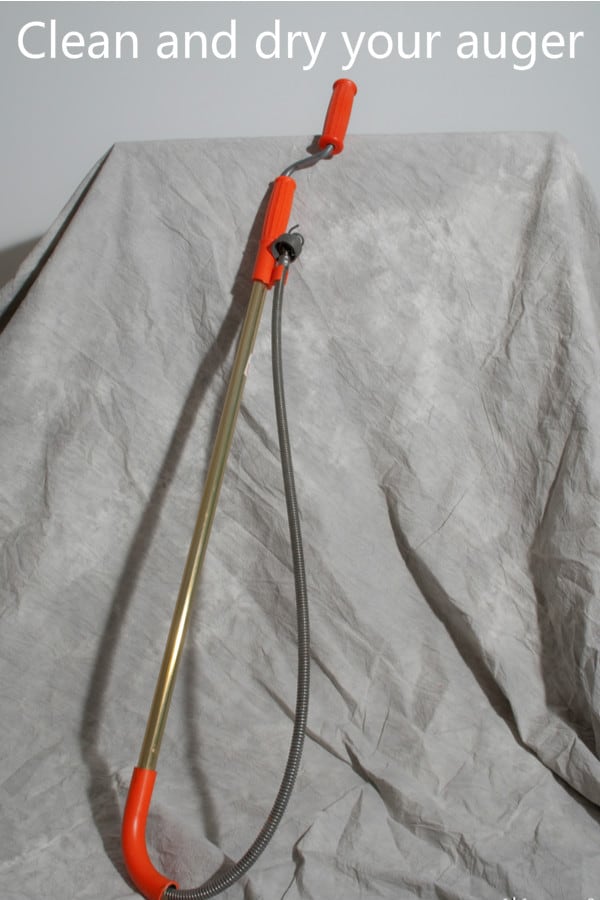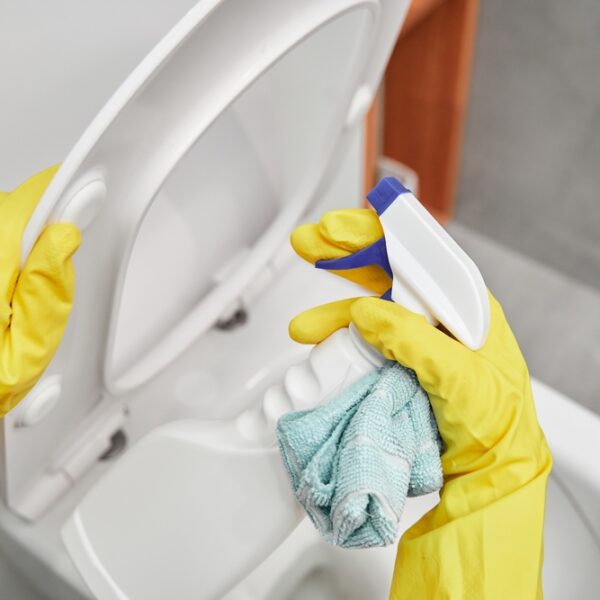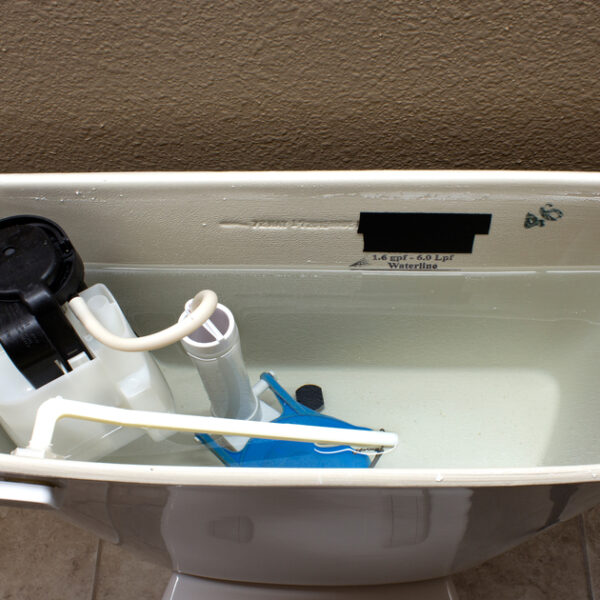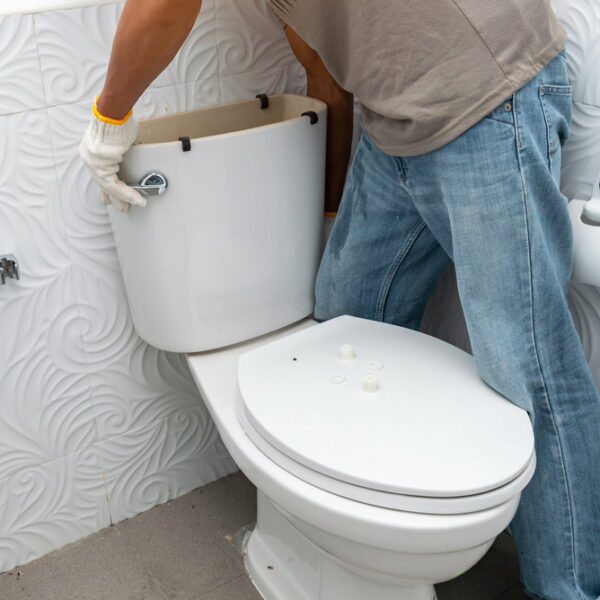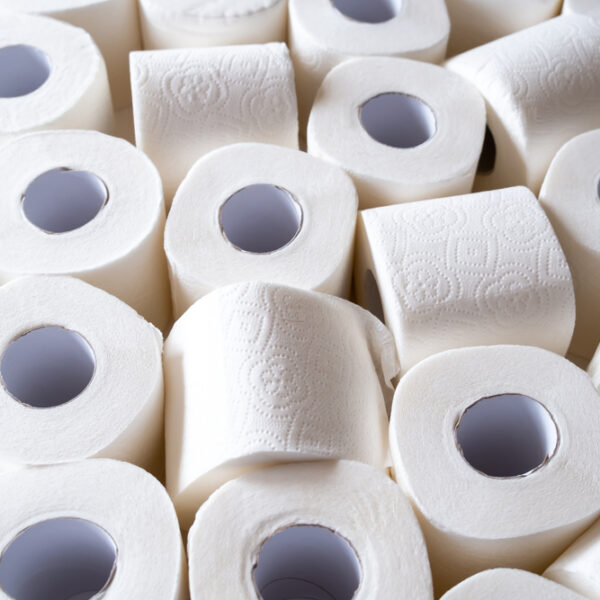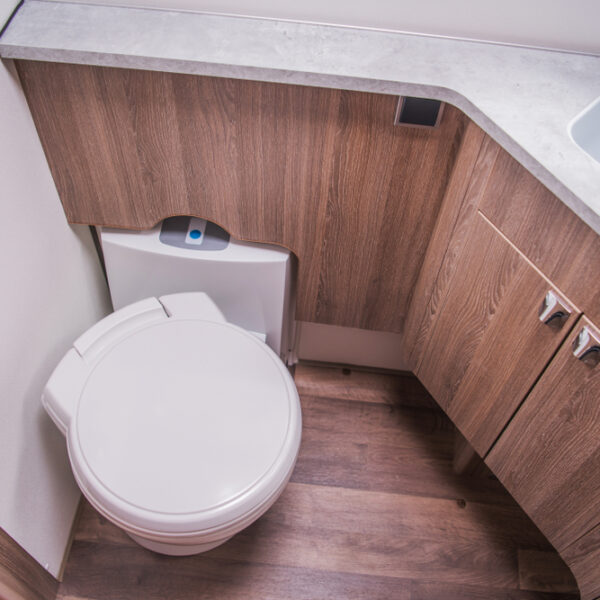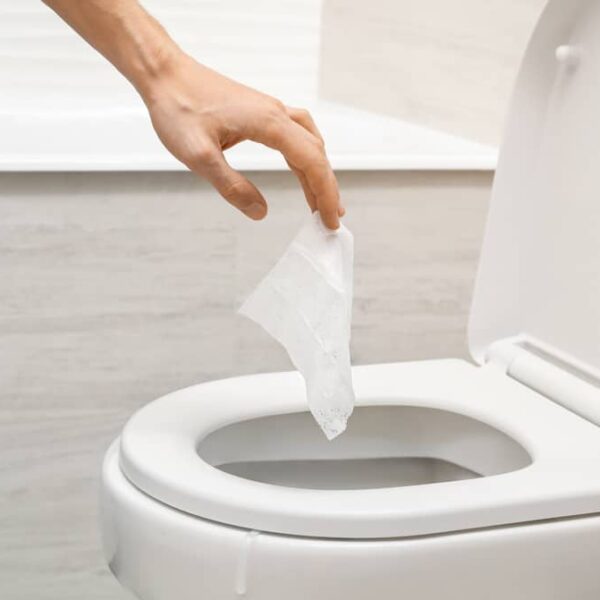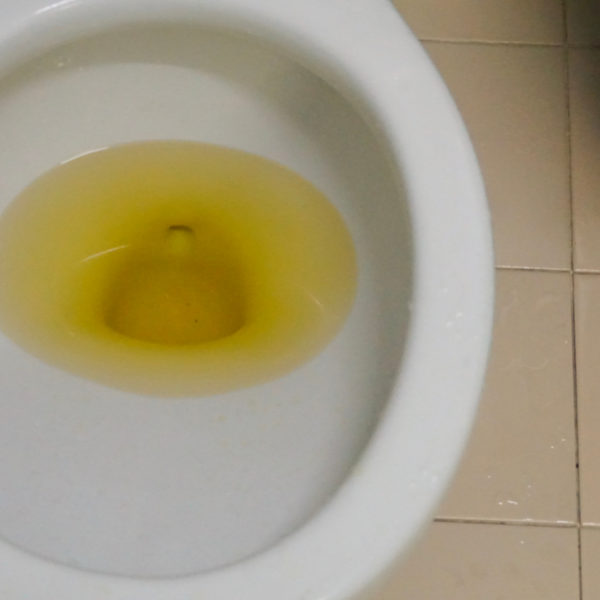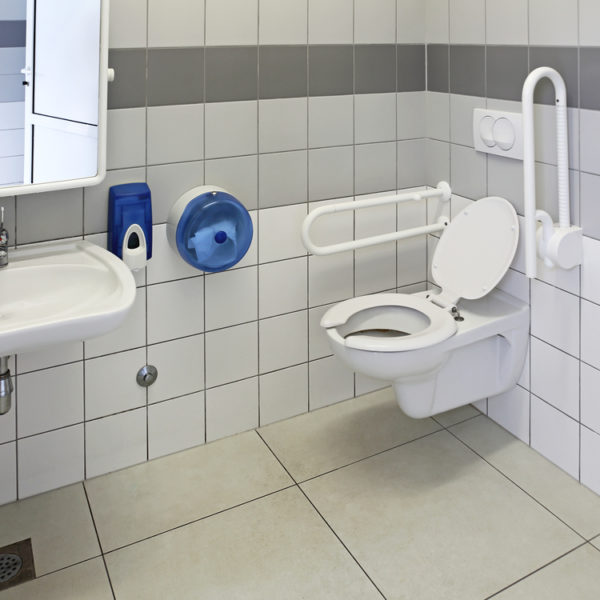Clogged toilets are a nightmare, whether you’re dealing with a composting toilet or a regular water closet. It’s an eyesore, an embarrassment, and a potential health hazard. And it quickly escalates from a nasty smell to a toxic mess. Unfortunately, emergency plumbers are expensive!
Luckily, thanks to YouTube and common sense, you can easily clear the clog on your own.
It’s not as easy it looks in video tutorials, but it’s still something you can do at home. And since toilet augers cost $20 or less, it can save you money as well. Let’s learn some helpful unclogging tips.
How Do You Unclog a Toilet with an Auger?
1. Find the source of the clog
There are two types of toilet clogs. The most common kind is restricted to the flushing toilet itself. It may be caused by toilet paper, or by an inappropriate item that fell (or was dropped) into the toilet. Kids’ toys, beauty products, and dirty washing water are common culprits.
The second kind of clog happens in the sewer. For that type of blockage, you’ll have to call a professional plumber. You’ll know your sewer is blocked if there’s dirty water filling your sinks and tubs in addition to your toilet. If you have multiple clogs, you know it’s not just the toilet.
2. Remove any visible debris
This doesn’t sound like fun at all, but it’s an essential step that many tutorials avoid. Wearing heavy-duty gloves, remove any messy matter and dump it in a bucket for disposal. Once this is done, pour a bucket of hot water into the toilet to see if it’ll dislodge any more dirt.
The reason you’re using a bucket instead of flushing the toilet is control. If you just flush it normally, the murky toilet water could flood your bathroom. With a bucket, you can pour a little at a time, observing the water level and preventing unhealthy spills.
3. Use dishwashing soap
Sometimes, the clog in your toilet can be loosened to make it easier to dislodge. Pour a few drops of dishwashing liquid into the toilet, then follow with a bucket of warm-to-hot water. You want it hot enough to melt any greasy lumps, but not boiling. Boiling water might crack your toilet bowl.
If the toilet is still clogged, use a toilet plunger to try and push the mess down your pipes. If you use a plunger, you can’t retrieve the blocked item, so avoid plungers if the blockage came from a beloved toy. On the other hand, you may not want it back, considering where it’s been.
Toilet plungers work just like ordinary plungers, but they have an extra suction flange at their tips. This flange looks like a ‘hood’ or ‘cup’. It helps your toilet plunger grip the toilet bowl better, positioning it right inside the curve of your toilet. This gives better results.
4. Insert the toilet auger or plumbing snake
This tool looks a little like a regular drain auger, but it has two protective casings made of rubber or plastic. Toilet augers have a ‘rubber elbow’ near the tip, and a hollow plastic or rubber tube in the middle. A coiled cable runs through the hollow tube casing, ending in a coiled hook.
It’s about 3 feet long when it’s fully stretched out, and has a spinning crank with a rotating handle. Place your auger into the toilet, pushing it in until the rubber elbow is nestled in the crook of your toilet. The rubber stops the wire from cracking your toilet surface.
That’s important, because cracks can cause leaks, and can eventually collapse the entire toilet bowl. They also form crevices where bacteria and toxic germs can hide. Once they’re in those gaps, it can be hard to get them out or clean the toilet properly, and this could lead to infections.
5. Release the flexible cable
Still wearing your heavy-duty gloves, gently turn the toilet auger’s handle. This feeds the cable into the u-curve or s-curve of your toilet. You have to be slow and methodical. If not, the cable might coil itself and turn back towards the toilet, making it ineffective and tough to untangle.
Ideally, you should crank the handle until the entire metal tube disappears into the plastic or rubber casing, meaning the flexible cable has gone all the way down your toilet curve. It may get stuck along the way, and you may feel some resistance when your cable touches the blockage.
Your instinct will be to increase pressure, but if you do, the wire might simply flip and come back out. So instead of pushing harder, jiggle your toilet auger and spin your handle in the opposite direction. Be firm, but don’t be rough, otherwise, you’ll reverse your results.
6. Wiggle the cable inside the bowl
Once you’re sure the flexible cable has gone all the way in, rotate your handle in alternate directions. Remember to be gentle but firm, and expect to work up a sweat. Real toilet clogs are nothing like demo videos. You need a lot of energy, and you’ll probably repeat the process.
When you feel a little less resistance on your auger, your clog is starting to disintegrate. But as long as there’s still water in the toilet bowl, it’s not completely gone. Continue cranking your handle until the water disappears. You may hear a swooshing sound as it goes.
Once the water subsides, pull out your flexible cable by yanking the handle backwards until the whole cable is exposed. It’ll have toilet debris in it, which is why you should never remove your gloves. Have some old newspapers nearby where you can place the soiled section of the auger.
7. Flush the toilet
If it flushes properly, you’ll know your blockage is cleared. If the water fills the bowl and stays stagnant, feed your auger back into the toilet bowl and keep cranking. You may have to do this three or four times before your problem is solved. You can add dishwashing soap if you like.
It’s not a necessary step, but it may lessen the mess and reduce the smell as you continue poking around in your toilet. Repeat the snaking and flushing process until you’re sure your toilet is unblocked. Flush one last time, with the auger in place, to rinse off surface dirt.
8. Clean and dry your auger
Your toilet auger probably has toilet debris on it, so you don’t want to just leave it. Submerge it in a bucket filled with detergent and disinfectant. You can also use hot water and vinegar if you’d prefer a greener solution. Don’t soak it too long, or it may start to rust. Five minutes are enough.
Use a toilet brush to gently scrub the flexible cable and the coil at its tip, removing any visible dirt. You should also clean the inside of the tube with a pipe cleaner. Just focus on the bits you can reach. Rinse the auger in clean, warm water, then dry it completely with a rag or newspaper.
This final step is crucial. If you store the auger while it’s still moist, it will rust. Rust shortens the lifespan of any metallic tool. It’s worse with toilet augers because toilets don’t clog every day, so augers spend a lot of time in storage. Rust could stain your toilet the next time you snake it.
9. Carefully inspect the toilet
You’ve dislodged the blockage, but it can be helpful to figure out why it clogged in the first place. The advantage of augers over plungers is visibility. Plungers push the blockage out of sight. Toilet augers tug the blockage back out when you pull the handle out of the toilet.
If it’s not just regular toilet trash, inspect the item. It could be a toy, so talk to your kids about not throwing things in the toilet. You could even install a toilet seat clamp to prevent this problem from recurring. Remove the cistern lid and see whether everything is working properly.
This is important, because the blockage may have originated with your flusher, valve, or gasket. You can also check if any bits are cracked or broken. As a home-owner, you may not know how to repair that kind of damage, but at least you can show your plumber what the problem is.
The easy way to unclog toilet blocks
Don’t panic! It’s pretty easy to solve the problem. Step outside and take a few deep breaths. (Doing this inside the toilet will leave you with a lungful of unpleasant toilet fumes!)
- Wear gloves and remove visible debris, then pour hot water into the toilet.
- Add a few drops of dishwashing liquid and pour more hot water.
- Dislodge the clog with a toilet plunger.
- If that doesn’t work, use a toilet auger to remove the offending material.
- Flush your toilet, then rinse and dry your toilet auger.
Do you have any toilet clog horror stories? Tell us in the comments!
